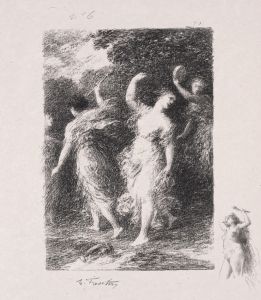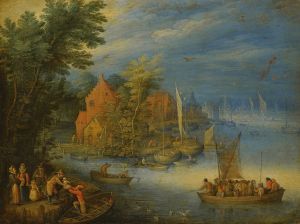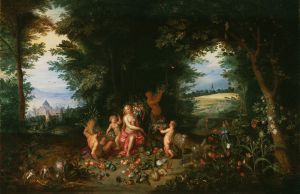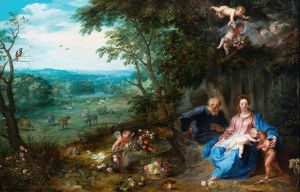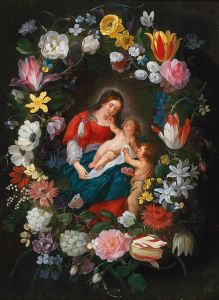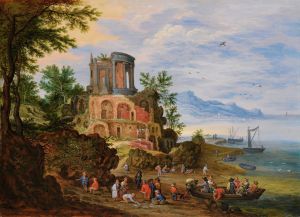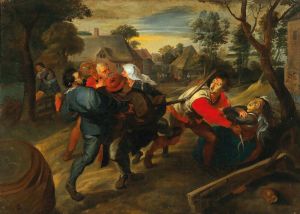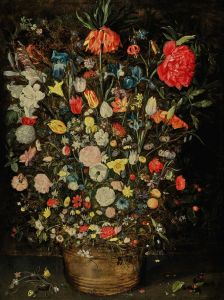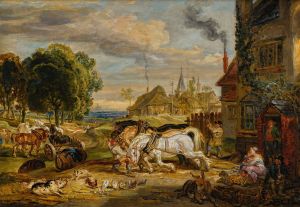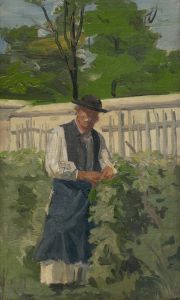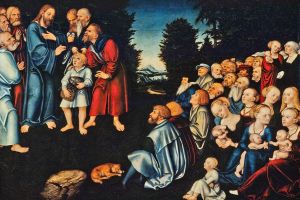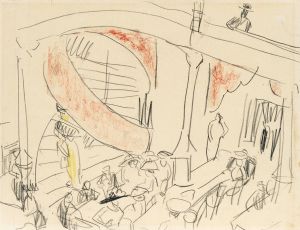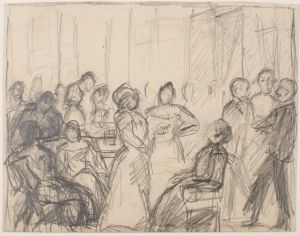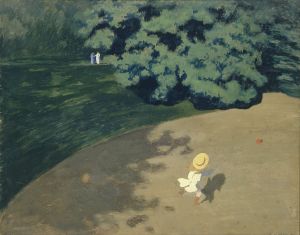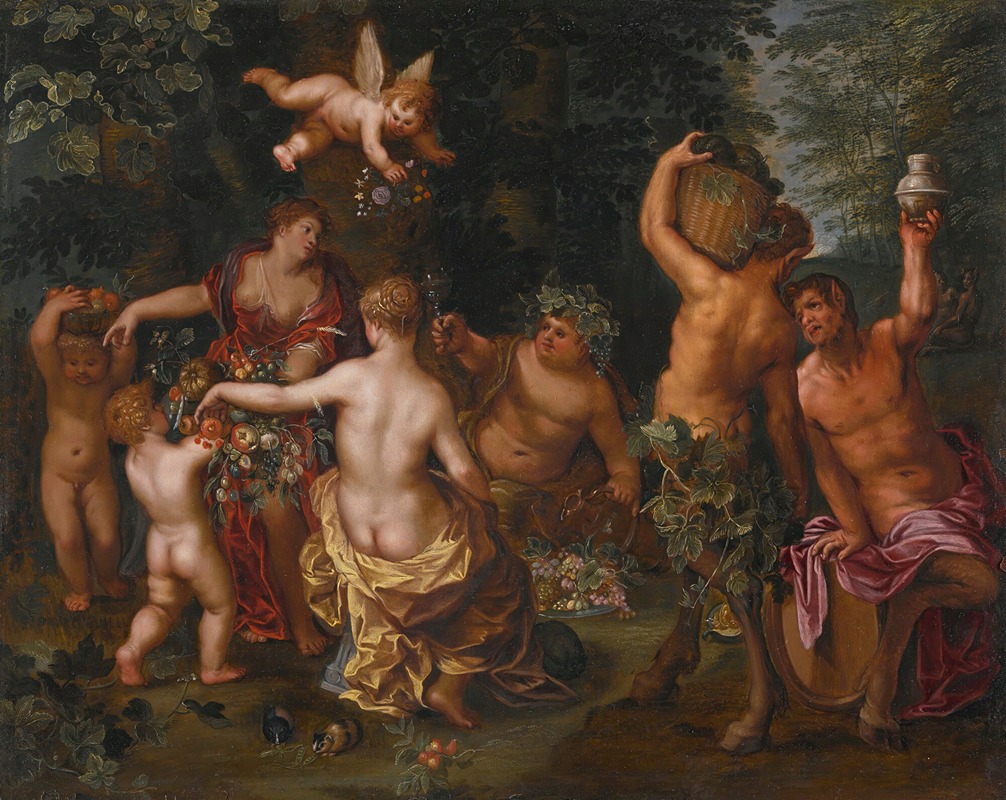
The Feast Of Bacchus
A hand-painted replica of Jan Brueghel the Younger’s masterpiece The Feast Of Bacchus, meticulously crafted by professional artists to capture the true essence of the original. Each piece is created with museum-quality canvas and rare mineral pigments, carefully painted by experienced artists with delicate brushstrokes and rich, layered colors to perfectly recreate the texture of the original artwork. Unlike machine-printed reproductions, this hand-painted version brings the painting to life, infused with the artist’s emotions and skill in every stroke. Whether for personal collection or home decoration, it instantly elevates the artistic atmosphere of any space.
"The Feast of Bacchus" is a painting by Jan Brueghel the Younger, a Flemish Baroque painter known for his detailed landscapes, allegorical scenes, and depictions of mythological subjects. Jan Brueghel the Younger was born in 1601 and was the son of Jan Brueghel the Elder and the grandson of Pieter Bruegel the Elder, both of whom were prominent painters in their own right. Jan Brueghel the Younger continued the family tradition of painting and became known for his own distinctive style.
"The Feast of Bacchus" is an example of Brueghel's work that showcases his ability to combine intricate detail with vibrant, dynamic compositions. The painting depicts a lively scene centered around Bacchus, the Roman god of wine, revelry, and ecstasy, who is equivalent to the Greek god Dionysus. Bacchus is often associated with festivities, indulgence, and the pleasures of life, and this painting captures the essence of such celebrations.
In the painting, Bacchus is typically portrayed as a central figure, often surrounded by a group of followers known as Bacchants or Maenads, who are depicted in various states of revelry and intoxication. These followers are usually shown dancing, playing musical instruments, and engaging in other forms of merrymaking. The scene is often set in a lush, natural environment, with abundant foliage, fruits, and flowers, emphasizing the connection between Bacchus and the natural world.
Jan Brueghel the Younger was known for his meticulous attention to detail, and "The Feast of Bacchus" is no exception. The painting features a rich array of textures and colors, with each element carefully rendered to create a sense of depth and realism. The figures are depicted with expressive gestures and lively poses, capturing the energy and exuberance of the scene. The use of light and shadow adds to the overall effect, creating a dynamic and engaging composition.
Brueghel's work often included collaborations with other artists, and it is possible that "The Feast of Bacchus" may have involved contributions from other painters, particularly in the depiction of the figures. However, the overall composition and execution are characteristic of Brueghel's style, with its emphasis on detail and vibrant color.
"The Feast of Bacchus" reflects the broader cultural and artistic trends of the Baroque period, which favored dramatic, dynamic compositions and a heightened sense of emotion and movement. The painting also reflects the fascination with classical mythology that was prevalent during this time, as artists drew inspiration from ancient stories and themes to create works that resonated with contemporary audiences.
Jan Brueghel the Younger's "The Feast of Bacchus" remains an important example of Flemish Baroque painting, showcasing the artist's skill in creating detailed, lively scenes that capture the spirit of mythological and allegorical subjects. The painting continues to be appreciated for its artistic merit and its ability to convey the joy and exuberance associated with the god Bacchus and his followers.





